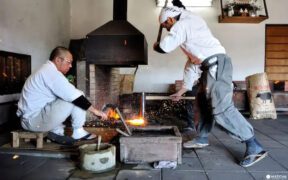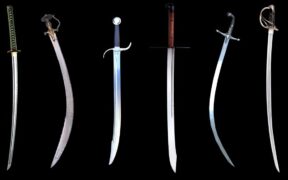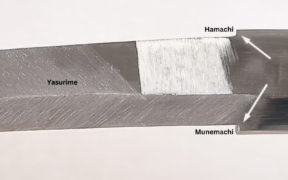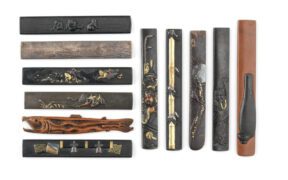Hi Explained: Parts and Function of Grooves in Japanese Blades
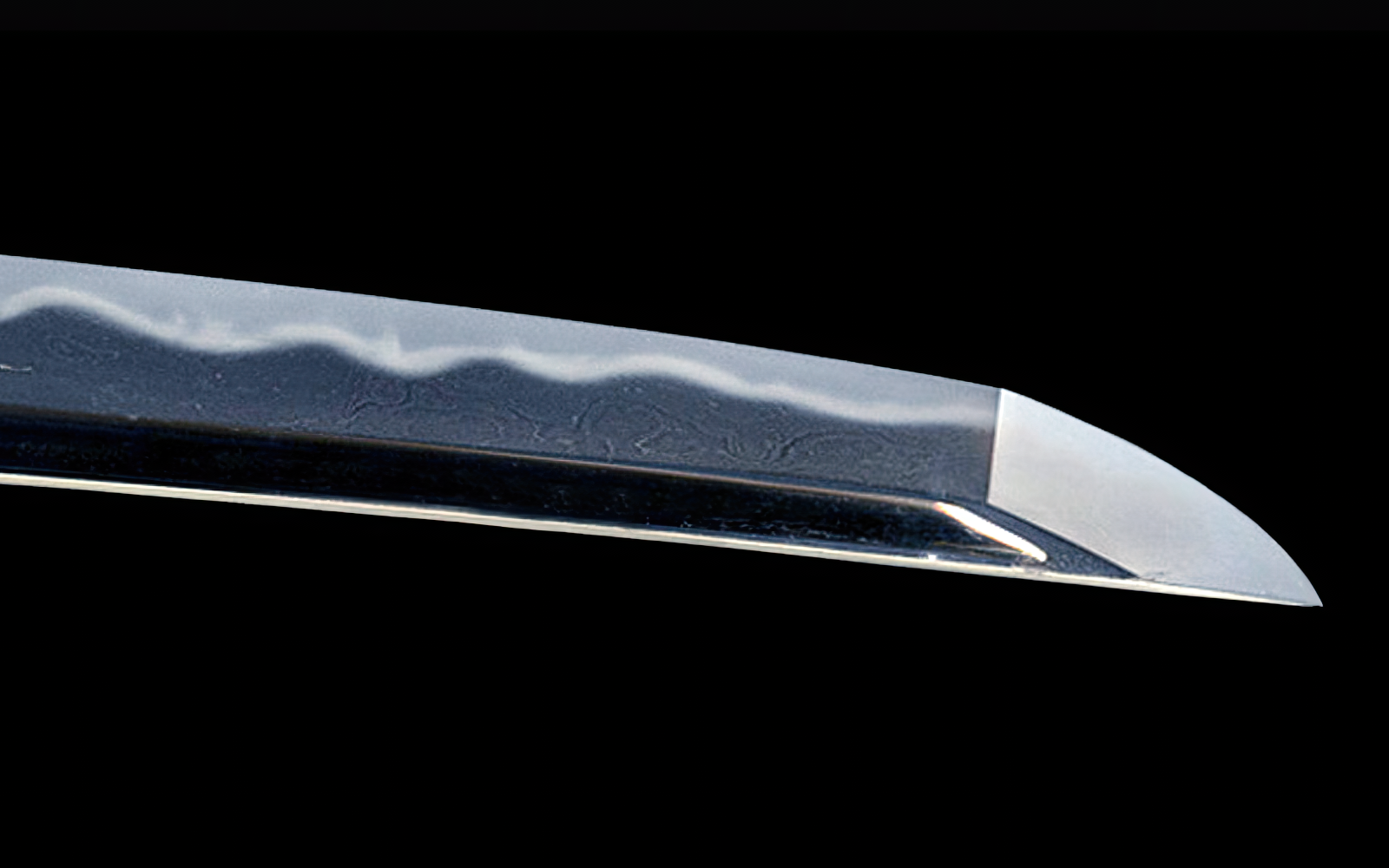
Hi, meaning “groove” is one of the many types of engraving found on Japanese blades. These are narrow channels or recesses cut into the blade surface. They are generally as long as the blade and run parallel to the back surface. While not all blades incorporate these grooves, they serve both practical and aesthetic functions.
The Anatomy of Hi (Grooves) and Related Terminology
Hi (樋)
The term hi in Japanese refers to the grooves cut into a blade, be it a dagger, sword, spearhead, or polearm. On Japanese swords, these grooves are typically located above the ridge lines (shinogi) on both sides of the blade.

Hisaki (樋先)
The hisaki refers to the tip of a groove toward the point of the blade (kissaki). It may stop near the ridge line (ko-shinogi) in the point area or below the yokote, which is the perpendicular line to the cutting edge.
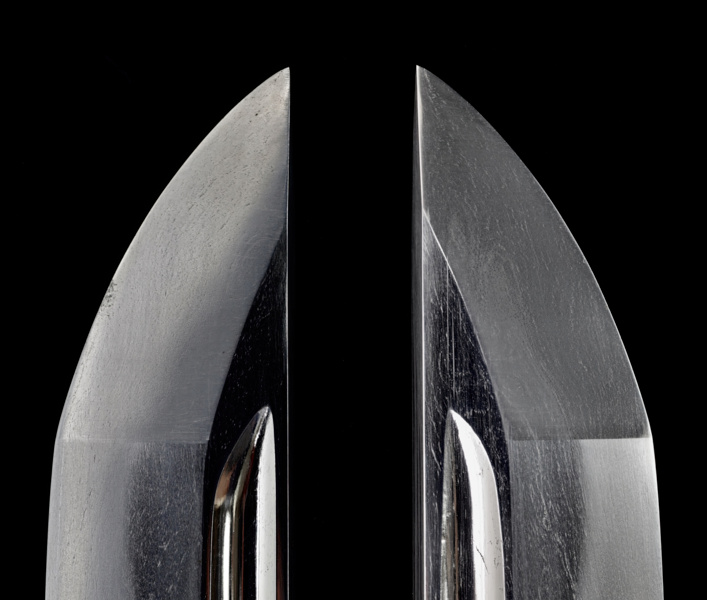
Chiri (散 or チリ)
The term chiri literally means the wall of the groove. A groove can be carved directly along the ridge line or set slightly off, with the remaining surface referred to as the chiri. However, some blades lack any chiri at all.

Tome (留め)
The term tome refers to the bottom end of the groove towards the blade collar (habaki) or tang (nakago).
Note that the term tome may also apply to the end of the kaeri, which is the part of the hamon at the point area. In some cases, the term is used to refer to the end knot of a tsukamaki.

Practical Function of Hi in Japanese Blades

There are several types of grooves (hi), varying in width and shape. The type of groove depends on the preference of the swordsmith or the swordmaking school, making them crucial indicators in Japanese sword appraisal.
Generally, grooves lighten the blade to make the sword easier to wield while maintaining the blade’s structural rigidity. Since they are carved near the back surface of the blade where the steel is relatively soft, they do not affect the integrity or strength of the cutting edge.
When steel is removed from the blade to create a groove, the remaining blade becomes stiffer, the concept comparable to that of an I-beam—a standard structural steel shape used in building construction.
In some cases, grooves (hi) are carved into a blade after the shortening process to restore its balance or even conceal a flaw in a Japanese blade. Such grooves added later by others instead of the original swordsmith are often referred to as an ato-hi (後樋) or ato-bi (後樋).
They also serve as decoration on a blade, though there is another type of purely decorative engraving called horimono.
Carving Hi (Grooves) on Japanese Blades

In the realm of Japanese swordmaking, the hi (grooves) can be incorporated into the blade after the swordsmith completes the final shaping of the sword during the kajitogi (rough polishing) process.
A swordsmith may consider whether he wants to incorporate either hi (grooves), decorative carvings (horimono), decorative bas-reliefs, or even a poem into the blade.
1. Marking and Carving the Grooves
A swordsmith determines the placement, appearance, and width of the grooves, though the actual carving is often done by a swordsmith’s apprentice. In sword blades, grooves are added above the ridge line (shinogi).
Before the grooves are cut, their location is carefully marked on the blade with ink, and the edge and point areas are covered with tape to protect them. Then, the groove is cut with a drawknife (sen) equipped with a U-shaped blade, shaving off the steel from the blade surface.
2. Finishing the Ends of the Grooves
Ideally, the grooves are inspected carefully while they are being worked to ensure that they are straight and uniform along their entire length. A chisel is used to finish the groove-ends, which must be clear and well-shaped.
Then, the rough groove is finished using a round file, followed by a series of grinding stones to obtain a smooth, even surface.
3. Burnishing the Groove to a Mirror Surface
During the polishing process, the insides of the groove are burnished by rubbing them with a steel needle until they become bright and reflective. Generally, the process of carving a set of grooves in a long sword, such as a tachi or katana, can take up to two to four days.
